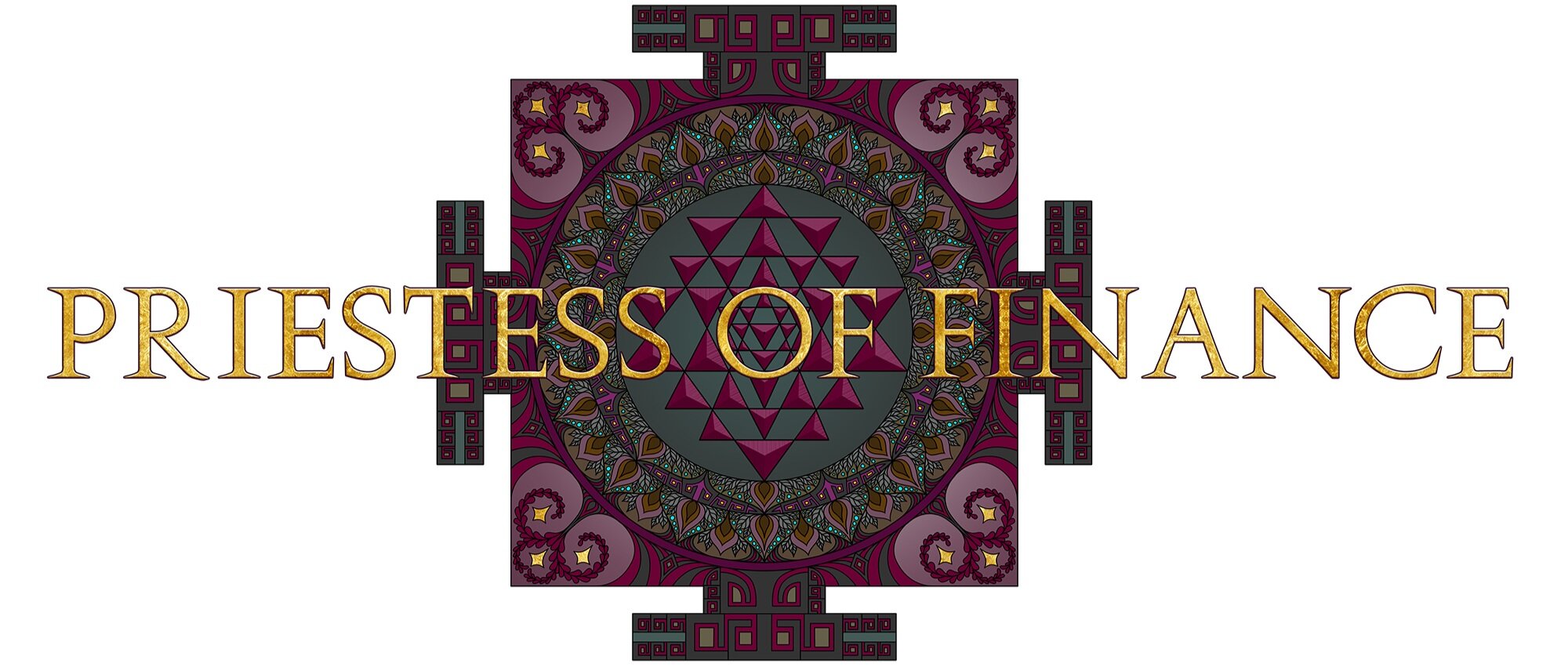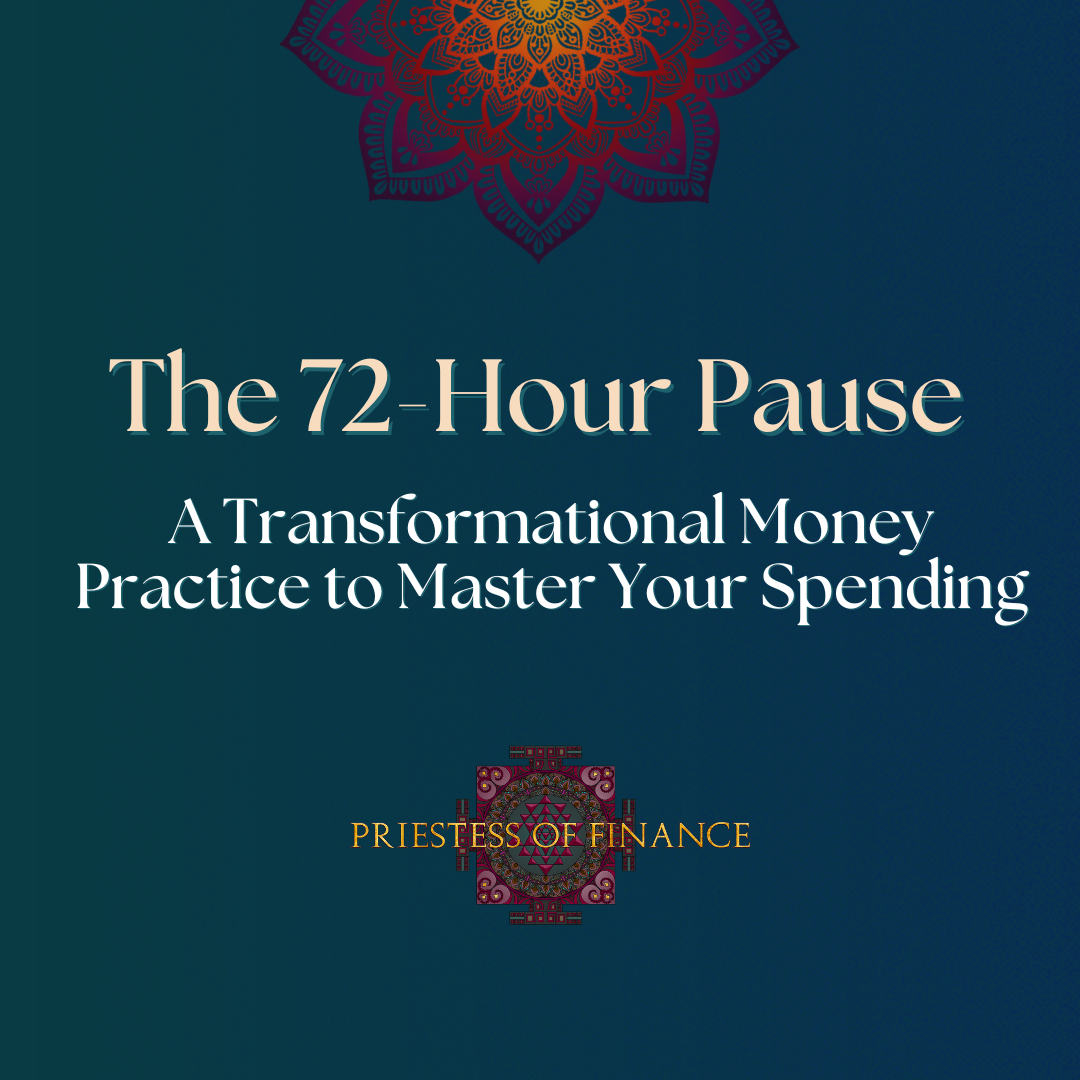Master Your Spending: The Power of the 72-Hour Pause
Let’s kick off today with a little number magic!
Did you know that the number 72 holds a certain power when it comes to finances and beyond?
If you're wondering how long it will take to double your money, divide the interest rate you’re currently getting or want to get by 72, and you’ll get the number of years it will take for your money to double.
For example, if your savings account earns 5%, divide 72 by 5, and you’ll find it will take 14.4 years for your money to double.
You can do this with investments too.
If you’re expecting a 6% return, divide 72 by 6 — it will take about 12 years to see your investment double.
This is a fun rule to use to get a clearer vision of your future wealth, and it also shows you the powerful compounding effect of letting your money work for you over time!
Next, here is a magical tidbit that applies to our health:
I've recently been practicing 72-hour water fasts to activate stem cells in my body, which in turn enhance brain power and support overall healing.
It’s not an easy practice, but I’m already seeing the benefits and I’m committed to continuing the journey.
The fascinating part?
At the 72-hour mark, the body starts releasing stem cells that work to heal and regenerate.
Now, I'm not a doctor and can't offer any kind of medical advice here, so please check in with your physician if this piques your interest.
But for me, it’s been a powerful experiment to explore new levels of wellness and mental clarity.
And finally, here is a potent money practice I want to share with you today: the 72-hour pause.
This is a simple yet very effective practice that can completely transform your financial decisions.
The 72-hour pause is particularly helpful when it comes to overspending, compulsive spending, or just spending in ways that can sabotage our spending plan.
Unlike 10 or 20 years ago, when there was a natural pause between deciding to buy something and actually making the purchase, today, it’s instant.
You can order just about anything in seconds. The world is at our fingertips on our digital devices. All it takes is a few taps, or telling Alexa or Siri to buy something for us.
And with technology advancing, this instant gratification will only become more seamless.
That’s why the 72-hour pause is more relevant than ever.
It gives us the space to step back, reflect, and make intentional money choices.
The 72-Hour Pause
Here's how it works:
When you identify something you want to buy, whether that’s an electronic device, a personal product, an item of clothing, or pretty much anything else under the sun — identify your desire for the purchase, and hold a pause with it.
When I work with clients, I introduce something called the Needs and Desires Holding Container, which is essentially a spreadsheet for those items that fall outside of the regular monthly spending plan.
This holding container lists the items we feel we need or desire, their estimated cost, and assigns a priority level from 1 to 5 (with 1 being the highest priority and 5 the lowest).
So when I’m working with clients, we practice staying aligned with their spending plan and being intentional with their purchases, so they can keep making movement toward their financial goals.
The power of having a holding container is that it gives us a dedicated space to hold onto a need or desire until it’s aligned for us to fulfill it.
That means, either when we have the money for it, or when an opportunity becomes available for the need or desire to be met in another way.
The 72-hour pause creates valuable time and space to step back and assess:
Do we really have the cash flow for this?
Where will the money come from?
How does this purchase fit with our other needs and priorities?
We can choose to make room for thoughtful reflection so that our decisions are aligned with our bigger financial picture rather than being driven by impulse.
Taking a step back and looking at things holistically and comprehensively is what helps us to maintain a sense of financial wellbeing.
This is the key to staying grounded, clear, and aligned with our financial goals.
The 72-hour pause is also a powerful tool when it comes to not only eliminating or reducing debt, but also actively avoiding new debt because we’re living within our means.
And this approach doesn’t just apply to finances, either.
Think about any major decision that gets your adrenaline pumping — that feeling of excitement that begins to build when you’re thinking about something you want!
It’s easy to get adrenalized when we see something we desire.
That rush of excitement can often lead to impulsive decisions, only to later wonder how we ended up with more debt or things we didn’t really need.
When we feel that surge of adrenaline, our bodies are telling us to act quickly, but it’s precisely in these moments that the 72-hour pause becomes powerful.
So I highly encourage you to give this practice a try.
The next time you feel the pull of an impulsive purchase, hit pause.
Give yourself those 72 hours, and see how your relationship with money and spending evolves.
At first, practicing the 72-hour pause can feel like flexing an unfamiliar muscle. But as with any skill, the more you practice, the stronger and more natural it becomes.
Over time, you’ll find yourself becoming more intentional with your spending, and making decisions that not only help you live within your means, but also pave the way to successfully fulfill your long-term financial vision.


